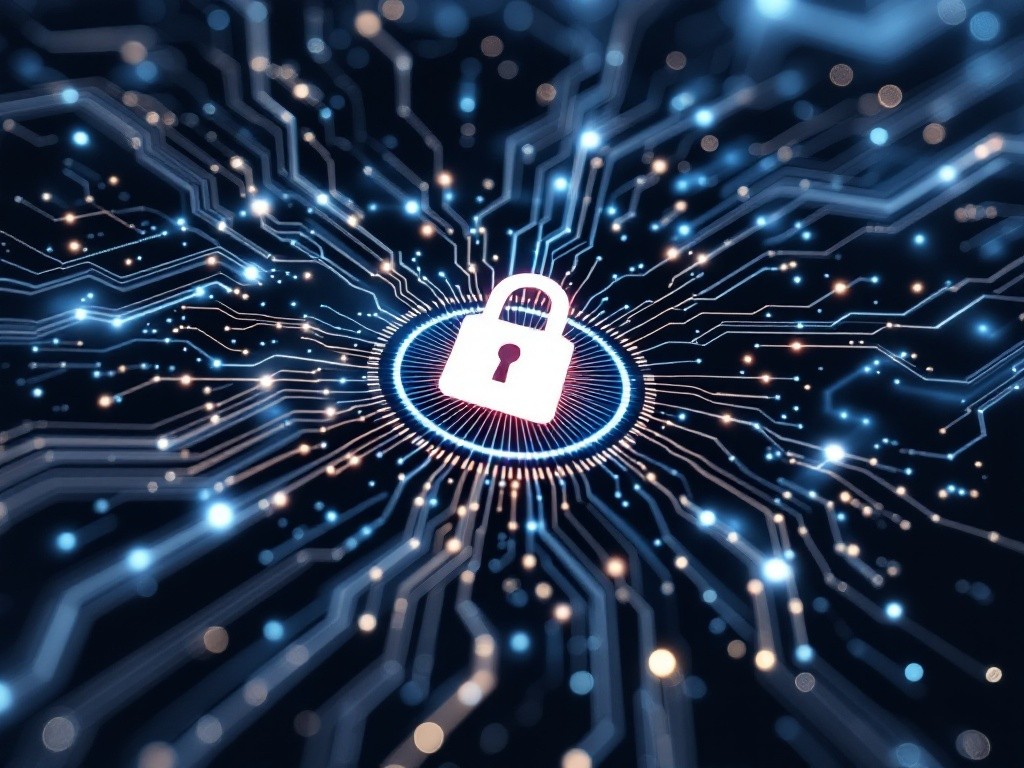Compliance
How To Prepare Your SOC 2 Compliance Documents
Apr 29, 2025
5
min read
Documentation preparation for an SOC 2 compliance audit continues to be expensive, time-consuming, and error prone.
Organizations pursuing SOC 2 Type I or Type II collect similar documentation. However, the auditing process for Type II evaluates the organization for a more extended period. The document for a Type II will go through versions compared to a Type I.
We at Tiebreaker AI understand the need to help customers automate compliance documentation review, lower compliance operations costs, and provide a secure collaboration portal for all stakeholders to leverage.
Importance of SOC 2 Audits
The SOC2 compliance mandate originated from the American Institute of Certified Public Accountants (AICPA), which developed and updated it and provides auditing procedures.
IT providers seek an SOC 2 Type I to meet their clients' certification requirements and timeline. Application and cloud service providers will seek a Type II certification because they plan to offer services to more than one client over an extended period.
SOC 2 validates the solution provider's ability to secure consumer data throughout the capture, processing, storage, and transmission phases. Auditors also examine various security controls, procedures, and remediation capabilities used by the company seeking this compliance certification.
Achieving SOC 2 demonstrates the firm's commitment to deploying and sustaining the Trusted Services Criteria's five pillars. These pillars include:
Security
Availability
Processing Integrity
Confidentiality
Privacy
SOC 2 compliance certification also gives the service provider a competitive edge when pursuing new business opportunities.
Defining the Scope of SOC 2 Compliance
Companies must complete a few steps before collecting and compiling the required documentation for SOC 2 compliance. These steps include:
Determine the type of SOC report.
Define the scope of the audit engagement
Complete internal assessments
Complete an operational readiness stress test
Execute a gap analysis and perform remediations as needed
Preparing for SOC 2 audits requires several months of time, effort, and financial resources. Organizations that commit to these resources experience a successful SOC 2 auditing outcome.
Organizations that invest little in the front end of audit preparation spend more financial capital without achieving their SOC 2 compliance goals.
Key Components of Compliance Documentation
Compliance documentation follows specific framework guidelines. You can choose a single framework, such as ISO 27001, SOC 2, GDPR, PCI DSS, or HIPAA, or implement multiple frameworks.
Compliance documentation comprises reports showing a compliance program's effectiveness and implementation organization wide. It provides crucial evidence of adherence to regulatory requirements and encompasses policies, procedures, controls, and results.
Managing compliance documentation poses challenges like time consumption and adapting to changing regulations.
Developing a SOC 2 Compliance Documentation Strategy
The next phase requires creating specific documents broken out into the following categories:
Security policies
Incident response plans
Risk management procedures
Organizations must maintain the various policies required for SOC 2 compliance for extended periods. Organizations facing a yearly SOC 2 compliance status review must update these policies to meet current mandated standards. SOC 2 compliance and other frameworks will change their mandates yearly. Service providers must update their various physical and digital cybersecurity controls and all supporting compliance-related documents.
Role of Compliance Automation
This evolving regulatory landscape makes it hard for organizations to stay on top of the latest industry practices and regulations. This challenge revolves around the difficulty of maintaining various versions of documents, updating policies, and rolling out new processes to show compliance with changing regulations.
The changing regulatory landscape challenges all organizations to keep up with industry best practices. This mandate involves managing document versions, updating policies, and implementing processes to show compliance.
AI compliance automation becomes the answer for businesses wanting to streamline their SOC 2 compliance documentation management and upkeep. This innovative functionality leverages AI to help validate the organization's various compliance documents against recent updates to SOC 2 mandates. These automated capabilities help organizations with recommendations for changes to current documentation to help reduce audit preparation and human error and ensure they stay current with the latest compliance changes.
Why Tiebreaker AI?
Tiebreaker AI's innovative leadership in AI compliance automation helps organizations reduce their clients’ audit documentation workload and time required to complete the various tasks.
Their platform also extends the organization's ability to leverage a collaborative portal to help keep stakeholders aligned the all compliance-related issues.
Tiebreaker AI supports the ability for clients to have several compliance documentation review workloads simultaneously.
Tiebreaker AI also ensures the security of all customer documentation uploaded into the portal and prevents the data from being sent to other cloud providers.
Tiebreaker AI keeps you informed about current rules and regulations, giving valuable tips and advice, which saves you time.





